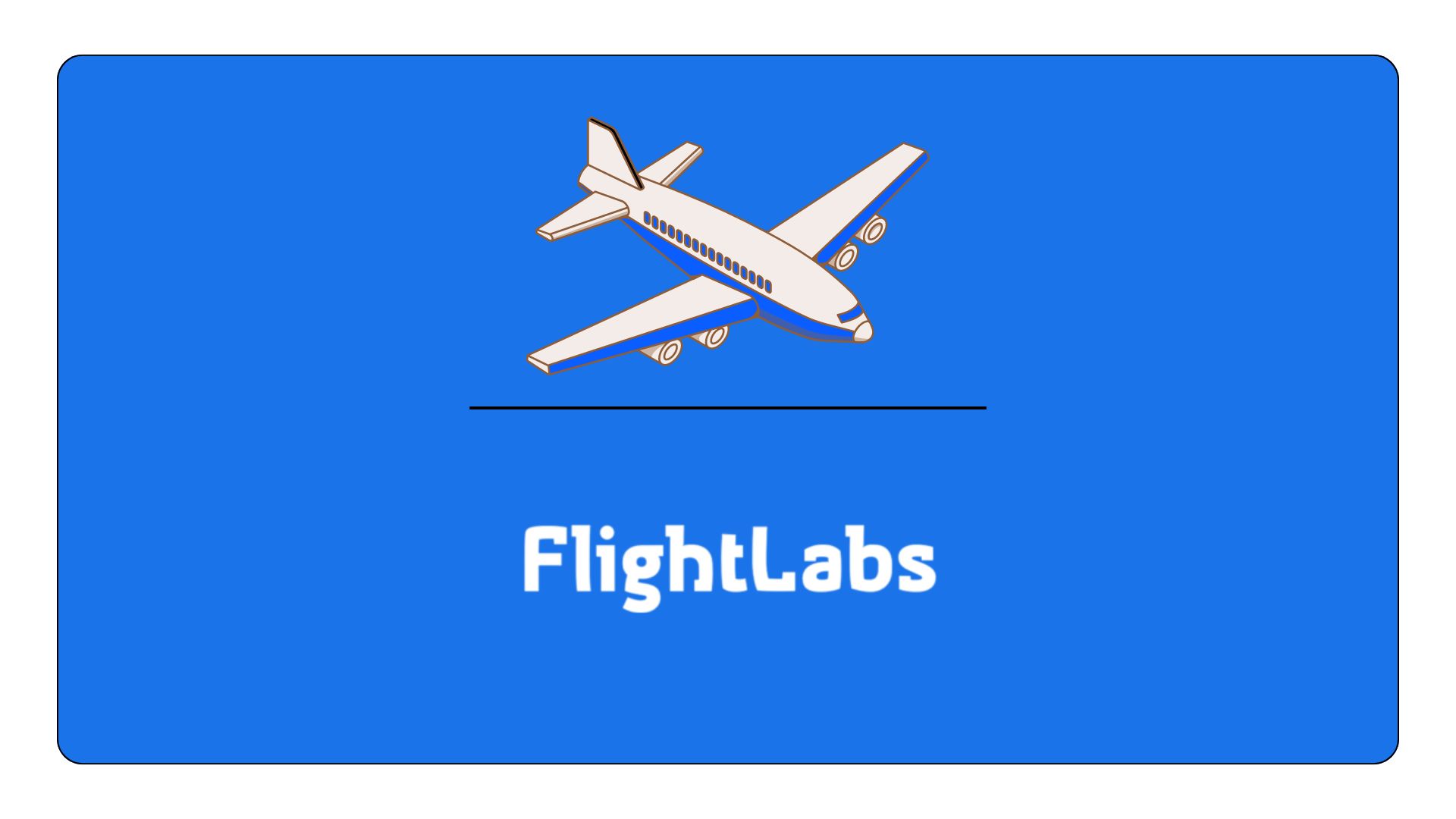Flight API: Complete Guide For Developers

In the aviation industry, APIs have emerged as essential tools, particularly for developers looking to integrate real-time flight data into their applications. These specialized APIs, referred to as a Flight API, serve a pivotal role in providing access to vital aviation data, such as flight statuses, aircraft details, schedules, and more. One such leader in this space is FlightLabs, a comprehensive API solution designed to empower developers with the data they need.
FlightLabs is a standout provider in the Flight API market, offering robust access to a wide range of aviation data from real-time flight information to historical analytics. Whether you need the status of an individual flight, data on aircraft, or flight routes, it is a versatile solution that caters to developers across industries.
What is FlightLabs?
FlightLabs is a highly regarded provider of APIs, enabling developers to tap into the vast expanse of global flight data. It offers an all-encompassing platform for retrieving up-to-date information about flights, including schedules, statuses, and aircraft details. It serves a wide range of industries, from travel booking websites to cargo logistics, allowing developers to create applications that require real-time flight tracking, schedule data, and even historical flight information for analysis.
One of the key attributes of FlightLabs is its flexibility and breadth of data coverage. The platform provides real-time data on active flights, as well as information on past flights, which is invaluable for analytics and reporting purposes. It is also designed to scale, making it an ideal choice for developers working on projects of varying sizes, from small travel apps to enterprise-level logistics platforms. In terms of API integration, it is remarkably developer-friendly, offering an easy-to-understand RESTful API architecture that ensures smooth integration into a wide array of applications.
The API endpoints offered include information on airports, airlines, routes, aircraft, and live tracking of flights. This allows developers to retrieve data such as flight numbers, departure and arrival times, and even the aircraft’s altitude and speed in real time. Whether you need to monitor flight delays or track specific flights for logistical purposes, it delivers an unparalleled level of data granularity.
Getting Started
Getting started with FlightLabs is a straightforward process, making it accessible to both experienced developers and those new to API integration. The first step is to create an account on the platform. Once registered, you will be provided with an API key, which serves as your authentication token for accessing the API.
This Flight API offers comprehensive documentation to help you get up and running quickly. The documentation includes sample API requests, explanations of different API endpoints, and guides on how to retrieve data efficiently. Whether you're building a simple application or integrating multiple endpoints, the documentation is a valuable resource.
Once you have your API key, making API requests is relatively simple. As an example, let's say you want to retrieve real-time flight data for a specific flight. You would use the appropriate endpoint and send a request that includes the flight number or airport code as a parameter. The query parameters allow you to filter results based on criteria such as airline, departure time, and arrival time.

